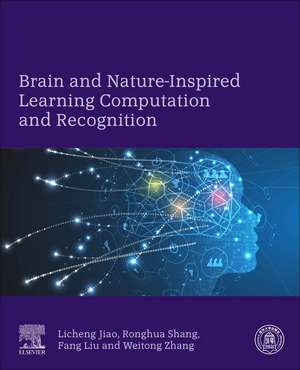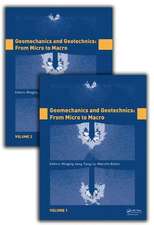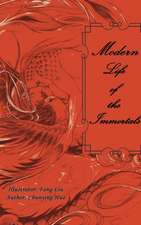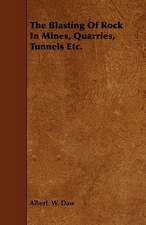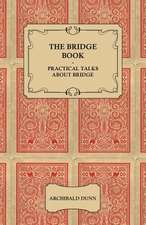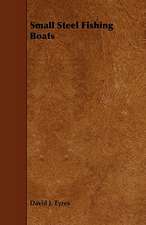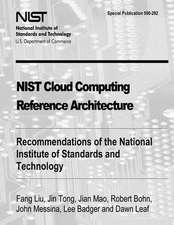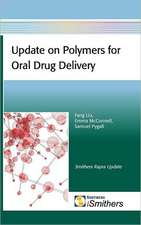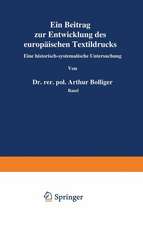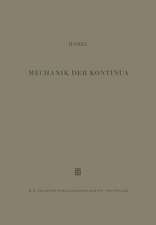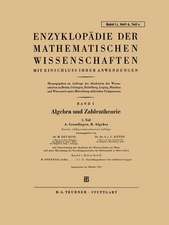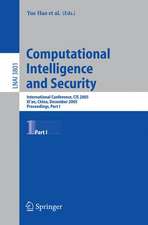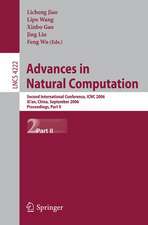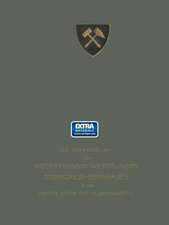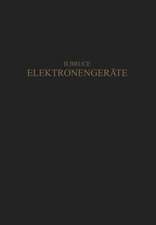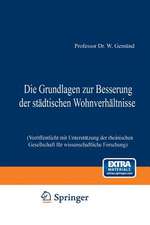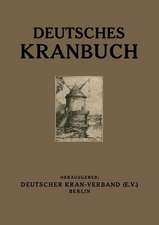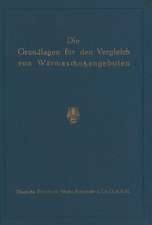Brain and Nature-Inspired Learning, Computation and Recognition
Autor Licheng Jiao, Ronghua Shang, Fang Liu, Weitong Zhangen Limba Engleză Paperback – 20 ian 2020
Readers will find solutions to problems in computation and recognition, particularly neural networks, natural computing, machine learning and compressed sensing. This volume offers a comprehensive and well-structured introduction to brain and nature-inspired learning, computation, and recognition.
- Presents an invaluable systematic introduction to brain and nature-inspired learning, computation and recognition
- Describes the biological mechanisms, mathematical analyses and scientific principles behind brain and nature-inspired learning, calculation and recognition
- Systematically analyzes neural networks, natural computing, machine learning and compression, algorithms and applications inspired by the brain and biological mechanisms found in nature
- Discusses the theory and application of algorithms and neural networks, natural computing, machine learning and compression perception
Preț: 1149.11 lei
Preț vechi: 1490.85 lei
-23% Nou
Puncte Express: 1724
Preț estimativ în valută:
219.91€ • 228.74$ • 181.55£
219.91€ • 228.74$ • 181.55£
Carte tipărită la comandă
Livrare economică 08-22 aprilie
Preluare comenzi: 021 569.72.76
Specificații
ISBN-13: 9780128197950
ISBN-10: 0128197951
Pagini: 788
Ilustrații: 320 illustrations (240 in full color)
Dimensiuni: 191 x 235 mm
Greutate: 1.33 kg
Editura: ELSEVIER SCIENCE
ISBN-10: 0128197951
Pagini: 788
Ilustrații: 320 illustrations (240 in full color)
Dimensiuni: 191 x 235 mm
Greutate: 1.33 kg
Editura: ELSEVIER SCIENCE
Public țintă
Primary audience: Researchers and advanced students in brain and nature-inspired learning, intelligent control, natural computing, machine learning, compressed sensing, signal processing, and image processing; Data scientists and those interested in statistical learning.Secondary audience: Researchers and postgraduate students in education
Cuprins
1. Introduction2. The models and structure of neural network3. Theoretical Basis of Natural Computation4. Theoretical basis of machine learning5. Theoretical basis of compressive sensing6. SAR image7. POLSAR Image Classification8. Hyperspectral Image9. Multiobjective Evolutionary Algorithm (MOEA) based Sparse Clustering10. MOEA Based Community Detection11. Evolutionary Computation Based Multiobjective Capacitated Arc Routing Optimizations12. Multiobjective Optimization Algorithm Based Image Segmentation13. Graph regularized Feature Selection based on spectral learning and subspace learning14. Semi-supervised learning based on mixed knowledge information and nuclear norm regularization15. Fast clustering methods based on learning spectral embedding16. Fast clustering methods based on affinity propagation and density-weighted17. SAR image processing based on similarity measure and discriminant feature learning18. Hyperspectral image processing based on sparse learning and sparse graph19. Non-convex compressed sensing framework based on block strategy and overcomplete dictionary20. The sparse representation combined with FCM in compressed sensing21. Compressed sensing by collaborative reconstruction22. Hyperspectral image classification based on spectral information divergence and sparse representation
